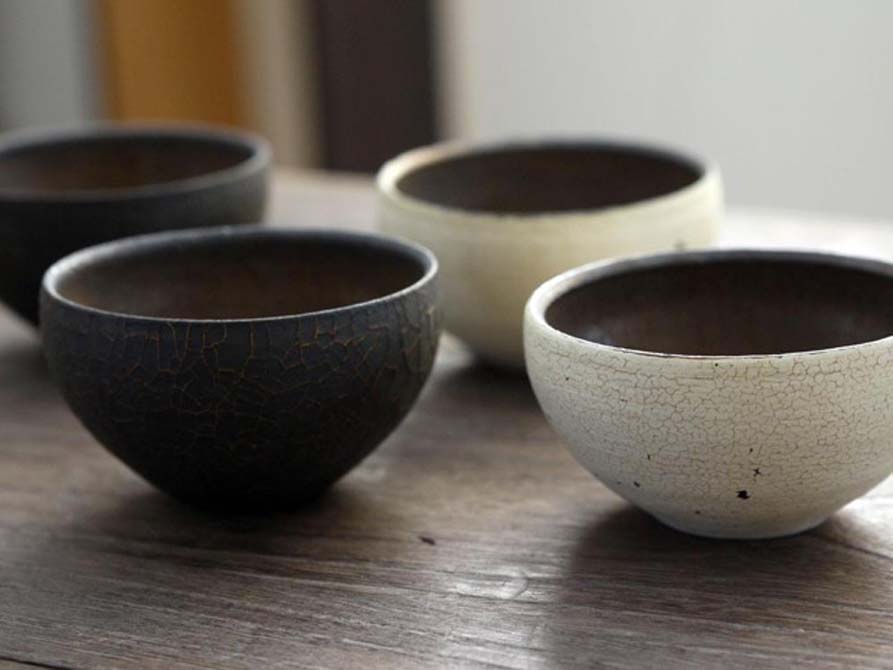
Wabi Sabi – Japanese Beauty and Imperfection
At age 23 I spent a year in Japan studying, traveling and collecting tea cups. It was there that I learned about wabi sabi.
After graduating from Barnard I received a Japanese Monbusho Research Fellowship given out by their Department of Education and headed off to Japan with very little preparation.
Japan
I arrived bleary-eyed after the long flight to a place where I couldn’t speak to anyone, didn’t know the customs and couldn’t read the neon billboards all around me. Did you see that movie “Lost in Translation”? That was me and I was homesick.
I quickly met up with some other foreign students and started eating out with them at the ramen carts and local sukiyas. Eating was a great source of pleasure for me in Japan, not only for the tasty dishes, but also for the experience.
The handmade earthenware, beautiful arrangements, intimate atmosphere and the rituals of serving tea and other dishes delighted my senses and made me feel welcome.
I admired the everyday objects like the tea cups and rice bowls and began to seek out the handmade ceramics at the studios of local artists. Their irregular shapes and finishes, the evidence of the hand of the maker and the natural process of kiln drying captivated me.
Wabi Sabi
The Japanese concept of beauty is called wabi-sabi and it centers around the notion of transience and imperfection. It is for the Japanese what the Greek orders and perfection are for the west. Wabi-sabi is simplicity, austerity, authenticity, intimacy, modesty, irregularity. It embodies a sense of melancholy and spiritual longing that comes from Buddhist teachings. But with that longing is also a sense of possibility and openness. There is not one correct answer, like the Golden Mean, but many possible outcomes and that inspires me.
In every other way I was an outsider but in wabi-sabi there was room for me. The tea cups that I collected that year fill me up with their imperfect beauty because I can complete the story myself in many different ways.
The image is from Japanese ceramic artist Shinobu Hashimoto. His work can be found at his site hashimotoshinobu.com and you can watch him work here on his youtube channel.






Elrond
Lovely. I admire the Japanese minimalist wabi-sabi aesthetic sensibility too.